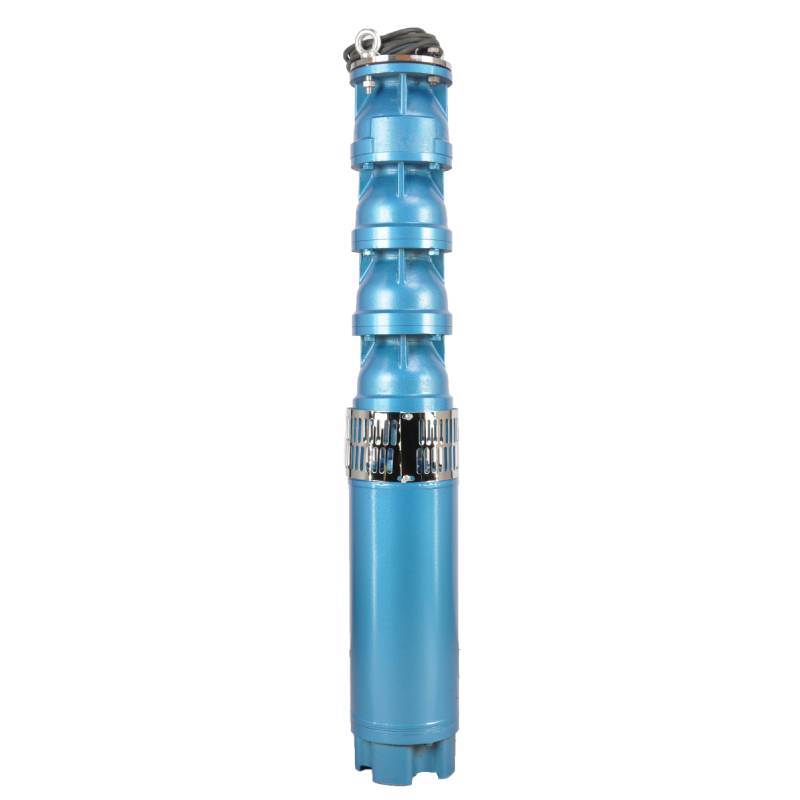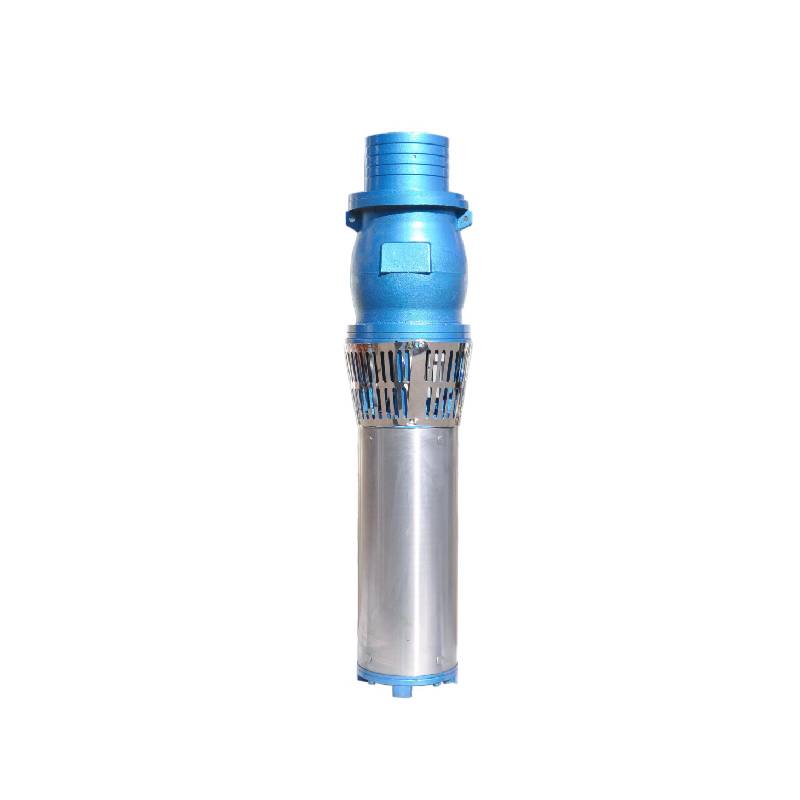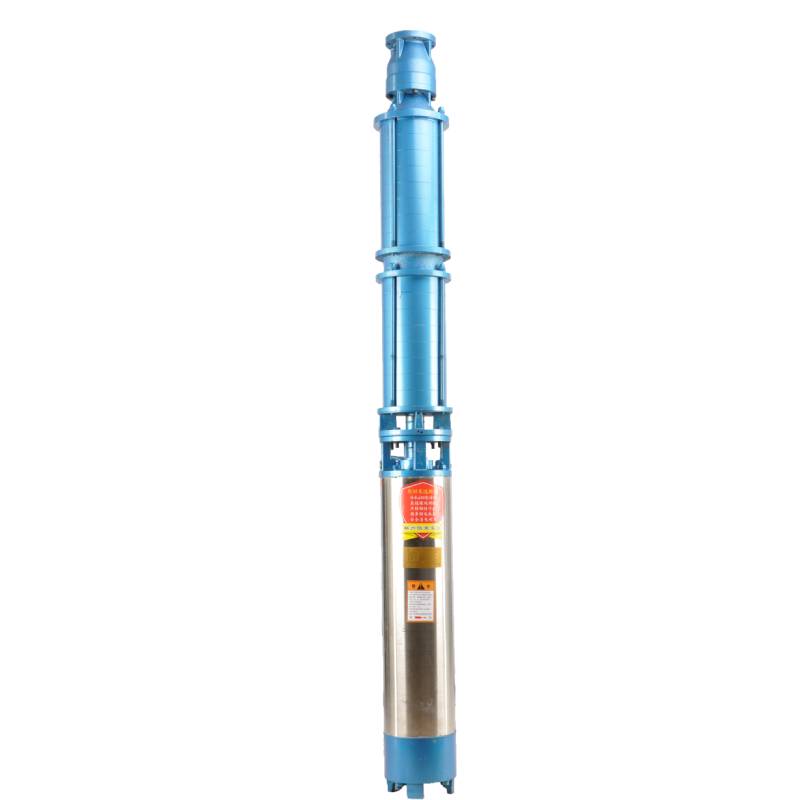7 月 . 30, 2024 16:08 Back to list
Comparing Water-Filled and Oil-Filled Submersible Pumps for Optimal Performance and Efficiency
Submersible Pump Water-Filled vs. Oil-Filled
Submersible pumps are essential devices widely used in various applications, including water supply, sewage management, and industrial processes. The efficiency and reliability of these pumps are significantly influenced by their design and the medium in which they operate. Two common types of submersible pumps are water-filled and oil-filled models. Understanding the differences between these two can help users make informed decisions suited to their particular needs.
Water-Filled Submersible Pumps
Water-filled submersible pumps use water as a coolant and lubricant within the pump motor. The primary advantage of this type is its simplicity and eco-friendliness. Since the pump operates using water, there is a reduced risk of environmental contamination. These pumps are particularly effective for applications where the pumped medium is clean water, such as in residential and agricultural water supply.
However, water-filled pumps have certain limitations. Their efficiency may decrease when used in very hot water situations, as the temperature of the water can affect the motor's performance. Additionally, water-filled pumps tend to be less durable in chemically corrosive environments since they are more susceptible to damage from harsh substances. Regular maintenance is essential for these pumps to operate at optimal levels and extend their lifespan.
Oil-Filled Submersible Pumps
In contrast, oil-filled submersible pumps utilize oil as a coolant and lubricant, which provides a significant advantage in terms of thermal management. Oil can withstand higher temperatures compared to water, making these pumps suitable for applications involving hot water or when higher pumping efficiencies are needed. Oil is also less likely to evaporate compared to water, thus ensuring reliable performance over an extended period.
submersible pump water filled vs oil filled

The oil-filled design enhances the longevity of the electric motor, as it provides better insulation and protection from moisture and other contaminants. This can be particularly useful in environments where the pump may be exposed to harsh weather or submerged in muddy or abrasive water. However, there are downsides to consider. Oil-filled pumps pose a risk of environmental contamination if leaks occur. Therefore, it is crucial to ensure that these pumps are well-maintained and monitored regularly.
Comparison and Applications
When comparing water-filled and oil-filled submersible pumps, the choice largely depends on the specific application and operational environment. Water-filled pumps are often preferred for cleaner, cooler water applications and are commonly used in residential settings, agriculture, and landscaping.
On the other hand, oil-filled pumps are ideal for industrial applications or situations where the medium to be pumped is hot water or contains abrasive particles. Their durability and efficiency under challenging conditions make them a preferred choice for construction sites, mining operations, and wastewater management systems.
Conclusion
In summary, both water-filled and oil-filled submersible pumps have distinct advantages and disadvantages, which should be carefully considered based on the intended use. Water-filled pumps may offer simplicity and environmental safety, while oil-filled pumps provide superior thermal protection and durability. Ultimately, the decision between the two should align with the specific needs of the project and the conditions in which the pump will operate. By understanding these differences, users can select the most suitable type of submersible pump for their applications, ensuring efficient and reliable operation.
-
Your Guide to Deep Well Pumps
NewsOct.31,2024
-
Why Choose a Stainless Steel Deep Well Pump?
NewsOct.31,2024
-
Understanding Water-Filled Submersible Pumps
NewsOct.31,2024
-
Understanding SS Submersible Pumps
NewsOct.31,2024
-
Reliable Submersible Well Pumps for Your Water Supply Needs
NewsOct.31,2024
-
Choosing the Right Submersible Pump for Your Water Management Needs
NewsOct.31,2024
-
 Understanding Water-Filled Submersible PumpsWhen it comes to selecting the right pump for your water management needs, understanding the different types available is crucial.Detail
Understanding Water-Filled Submersible PumpsWhen it comes to selecting the right pump for your water management needs, understanding the different types available is crucial.Detail -
 Guide to Installing a Deep Well Submersible PumpWhen dealing with deep wells, a deep well submersible pump is often the most effective solution for extracting water from significant depths.Detail
Guide to Installing a Deep Well Submersible PumpWhen dealing with deep wells, a deep well submersible pump is often the most effective solution for extracting water from significant depths.Detail -
 Finding the Right Submersible PumpWhen seeking an efficient solution for pumping water from deep wells, sumps, or other applications, the submersible pump is a leading choice.Detail
Finding the Right Submersible PumpWhen seeking an efficient solution for pumping water from deep wells, sumps, or other applications, the submersible pump is a leading choice.Detail
